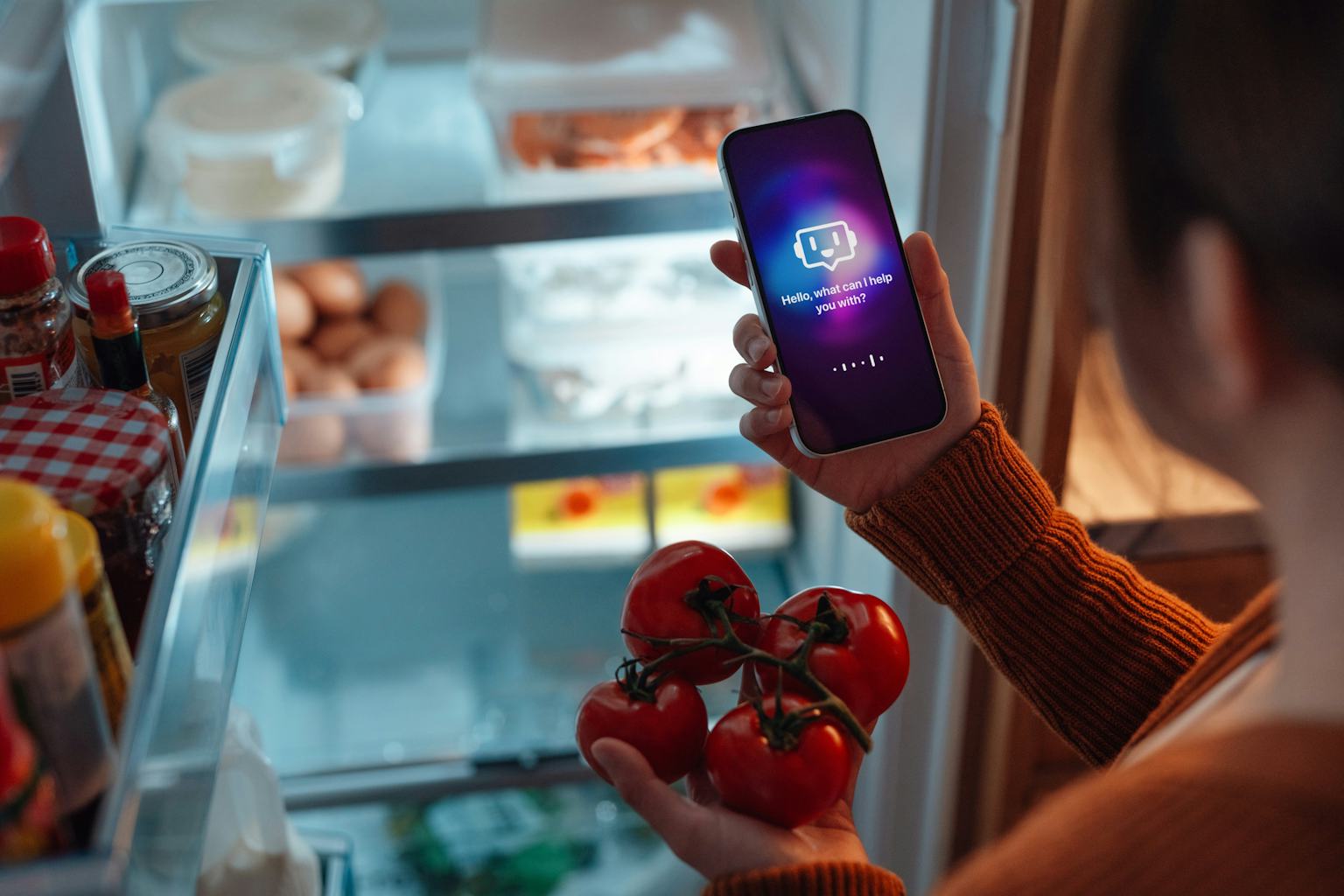Artificial intelligence has quietly slipped into our daily routines, becoming less of a marvel and more of a household utility. A decade ago, IBM’s Watson winning on Jeopardy! symbolized AI’s promise; today, it’s more about what happens when AI helps someone figure out dinner. Generative chatbots have gone from experimental tools to dependable sidekicks that assist with ordinary choices — and in doing so, they’re reshaping how we live and work.
According to recent analyses of AI usage, people now use chatbots like ChatGPT for the kinds of things they used to Google or scribble on sticky notes. As reported in this piece on The Conversation, economists from OpenAI and Harvard examined 1.5 million ChatGPT conversations spanning late 2022 through mid-2025. They found that nearly three-quarters of those interactions revolved around practical guidance, information seeking and writing. These weren’t futuristic brainstorms about robotics or consciousness; they were about food, errands and email drafts.
A parent might ask for “vegan meal ideas that use leftover kale and mushrooms,” not to impress guests but to save time and reduce waste. Someone planning a family budget might lean on ChatGPT to translate the fine print of a credit card offer into plain language. Writers, particularly those who are neurodivergent, are using it to structure their thoughts — uploading disorganized notes, asking for themes to be grouped, and then expanding those points into coherent paragraphs while keeping their personal tone intact. The model doesn’t replace the writer’s creativity; it scaffolds it, offering structure where cognitive overload might otherwise set in.
This data-driven look at AI use suggests that its biggest impact isn’t in grand disruptions but in its unglamorous dependability. The OpenAI–Harvard study revealed that over 70% of ChatGPT messages were unrelated to work as of mid-2025, up sharply from 53% the year before. AI has become a domestic collaborator, handling the sort of cognitive chores that fill the gaps between human attention and exhaustion.
Anthropic’s metrics tell a similar story with Claude, another generative AI assistant. Its economic index revealed striking differences in adoption patterns across countries. Singapore’s per-capita use was 4.6 times higher than expected for its population, while India and Nigeria used Claude at about one-quarter of predicted levels. In the United States, regional usage reflected local economies: California leaned on it for tech, Florida for finance, and Washington, D.C. for documentation. Interestingly, in lower-use countries, more than half of interactions were about programming — delegating discrete, well-defined tasks — whereas higher-use countries integrated AI more fluidly into education, science and business, often iterating back and forth with it rather than issuing single commands.
Those nuances underscore that AI isn’t a monolith. The way people adopt these models reflects culture, infrastructure and need. Yet across contexts, a common thread emerges: humans are increasingly comfortable letting digital assistants handle the small stuff. OpenAI now reports between 400 and 700 million weekly active users in 2025, dwarfing Claude’s 30 million and Microsoft’s 100 million monthly Copilot users. Even so, the distinction between “tool” and “teammate” is blurring — not because AI has leapt forward in ability, but because we’ve adjusted to its presence.
The story of AI’s integration isn’t about automation replacing thought; it’s about collaboration relieving friction. At home, it means a parent can plan meals faster. At work, it might mean refining a report or generating code snippets without breaking focus. In classrooms, it’s becoming a study partner that doesn’t tire. These use cases are modest, but collectively they redefine what it means to be productive, creative and attentive in an age when assistance is only a prompt away.
AI is no longer a mysterious oracle; it’s an assistant at the kitchen table. The challenge now is to cultivate literacy around it — knowing when to trust it, when to question it and how to prompt it effectively. As we invite these systems deeper into everyday life, the real innovation lies not in their intelligence, but in our willingness to shape how that intelligence serves us.
